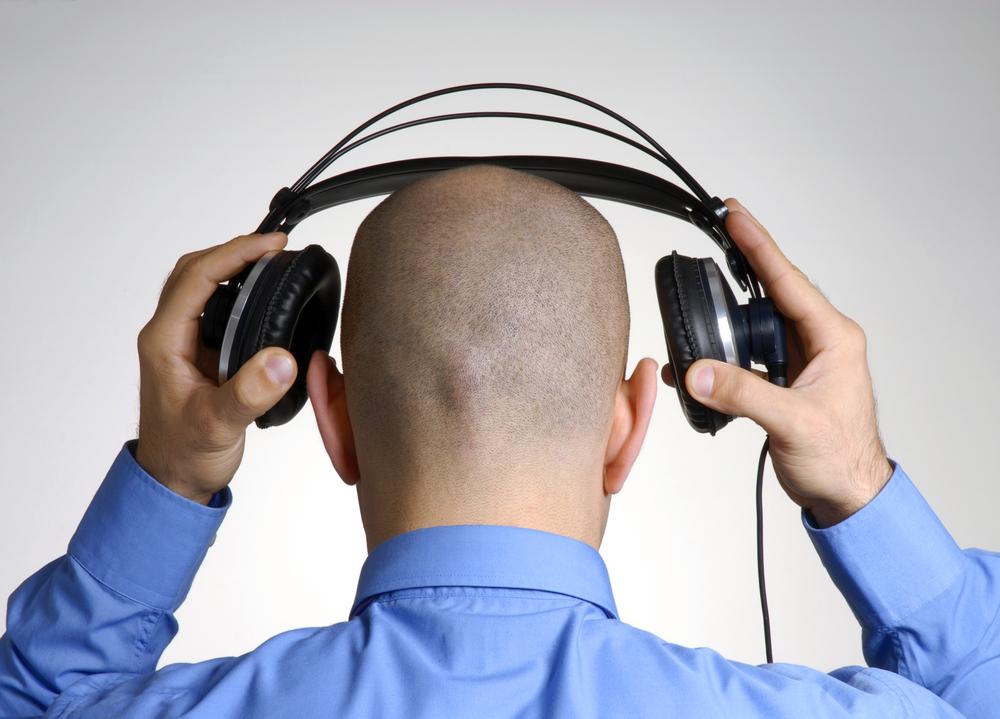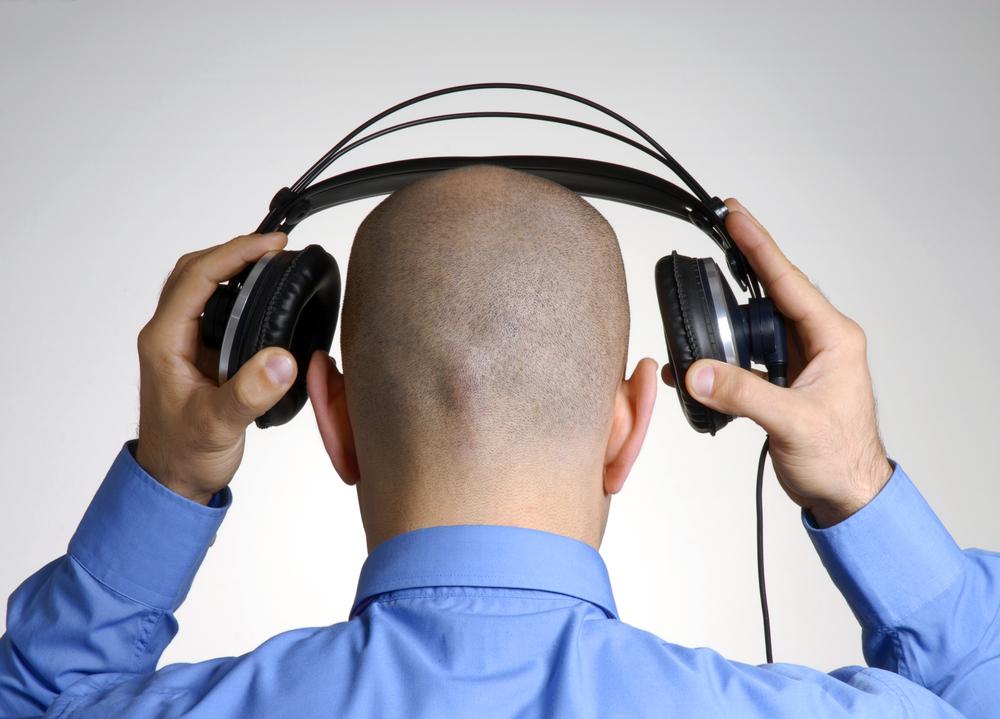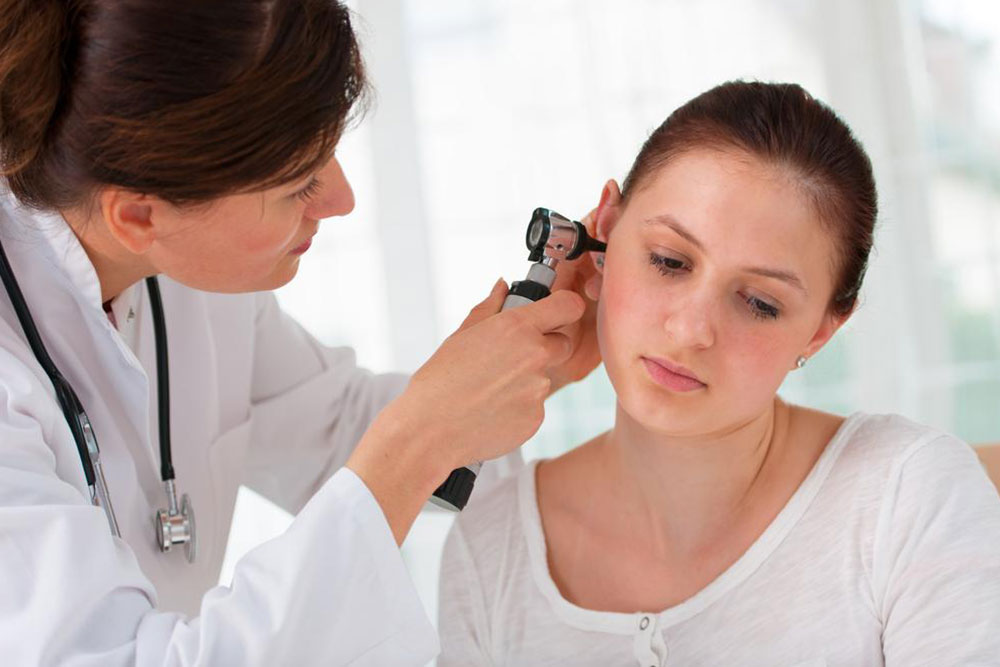Protect Your Hearing Health: Understanding the Risks of Prolonged Headphone Use
This comprehensive article explores the potential health risks associated with prolonged headphone use, emphasizing precautions for safe listening. It provides practical tips to prevent hearing loss, infections, and safety hazards, advocating moderation and hygiene practices for overall ear health. Ideal for tech enthusiasts and everyday users, the article aims to raise awareness and promote responsible audio habits to protect your hearing and safety.

Protect Your Hearing Health: Understanding the Risks of Prolonged Headphone Use
In our modern digital age, headphones have become an indispensable accessory for many, offering a convenient way to enjoy music, podcasts, audiobooks, and communication on the go. With advancements in audio technology, headphones now deliver high-quality sound and portability, making them a popular choice among all age groups. However, despite their convenience, excessive and prolonged use of headphones can pose significant health risks that many users might not be fully aware of. Recognizing these dangers and adopting safe listening habits is crucial to preserving your hearing health and overall well-being.
Understanding the health risks associated with continuous headphone use is vital:
Hearing Loss and Tinnitus: Listening to audio at volumes exceeding 90 decibels for extended periods can cause both temporary and permanent hearing damage. This level of sound intensity can damage the delicate hair cells within the cochlea of the inner ear, leading to noise-induced hearing loss. Many users often listen at unsafe volumes without realizing the potential harm, especially during outdoor activities or in noisy environments where volume is increased to drown out surrounding sounds. Additionally, prolonged exposure can result in tinnitus — a persistent ringing or buzzing in the ears that can significantly impair quality of life.
Risk of Ear Infections: Sharing headphones or using unclean headphones can facilitate the transfer of bacteria and fungi, increasing the risk of ear infections. Earphones that are not regularly cleaned can harbor bacteria, which, when introduced into the ear canal, may lead to infections such as otitis externa or swimmer’s ear. These infections can be painful and may require medical treatment to resolve.
Blocked Airflow and Earwax Buildup: Many headphones, particularly over-ear and in-ear models, create a seal around the ear canal, restricting airflow and preventing natural earwax expulsion. Over time, this can lead to the accumulation of earwax, which may cause discomfort, a sensation of fullness, or even temporary hearing loss. Excessive earwax buildup can also lead to tinnitus and ear infections if not properly managed.
Ear Numbness and Discomfort: Extended headphone usage can cause numbness, tingling, or discomfort within the ear area. This is often due to pressure exerted by the device or poor fit, leading to decreased circulation and sensory issues. In severe cases, prolonged pressure might even cause skin irritation or abrasions.
Discomfort, Ear Pain, and Auditory Disturbances: Continuous use of headphones can result in ear pain, a feeling of pressure, or buzzing sounds within the ears. These symptoms often arise from excessive pressure on the ear canal or vibrations transmitted through the device, which can irritate the delicate tissues and nerves.
Potential Impact on Brain Health: Although current research is still ongoing, some studies suggest that electromagnetic waves emitted by wireless headphones may influence brain activity over time. While the levels are generally considered safe by authorities, individuals who frequently use wireless devices at high volumes might want to be cautious, especially if experiencing unexplained symptoms or discomfort.
Safety Risks During Travel: Using headphones while commuting, walking, or cycling can significantly increase the risk of accidents. Hearing impairments caused by headphone use can prevent users from perceiving sounds such as honking vehicles, sirens, or other environmental cues, thus compromising safety. This is especially critical when crossing streets or navigating busy areas.
Practical Tips for Safe Headphone Use
While headphones are a fantastic technological innovation for enjoying entertainment and communication, mindful usage is essential to safeguard your health:
Maintain Volume at Safe Levels: Limit listening to no more than 60% of the maximum volume, and avoid exceeding 90 decibels. Use volume-limiting features available on many devices.
Follow the 60/60 Rule: Listen for no more than 60 minutes at a time before taking a break. This helps prevent ear fatigue and damage.
Use Noise-Canceling Headphones: These reduce the need to increase volume in noisy environments, minimizing ear strain.
Practice Hygiene: Regularly clean your headphones with appropriate disinfectants to prevent bacterial buildup and infections.
Avoid Sharing Earphones: Sharing can spread bacteria and fungi, increasing infection risk.
Ensure Proper Fit: Use headphones that fit well without exerting excessive pressure on your ears, and take breaks to allow your ears to breathe.
Be Aware of Surroundings: Always limit headphone use in situations where awareness is critical, such as while walking in traffic or crossing streets.
Conclusion
Headphones are an essential part of modern life, offering immense convenience and entertainment options. However, prolonged and unsafe usage can lead to a variety of health issues, from hearing loss to ear infections and safety hazards. Educating yourself about these risks and practicing safe listening habits can go a long way in protecting your auditory health and overall well-being. Remember, moderation and proper hygiene are key to enjoying your headphones without compromising your health. Make conscious choices to keep your ears healthy now and in the future.





